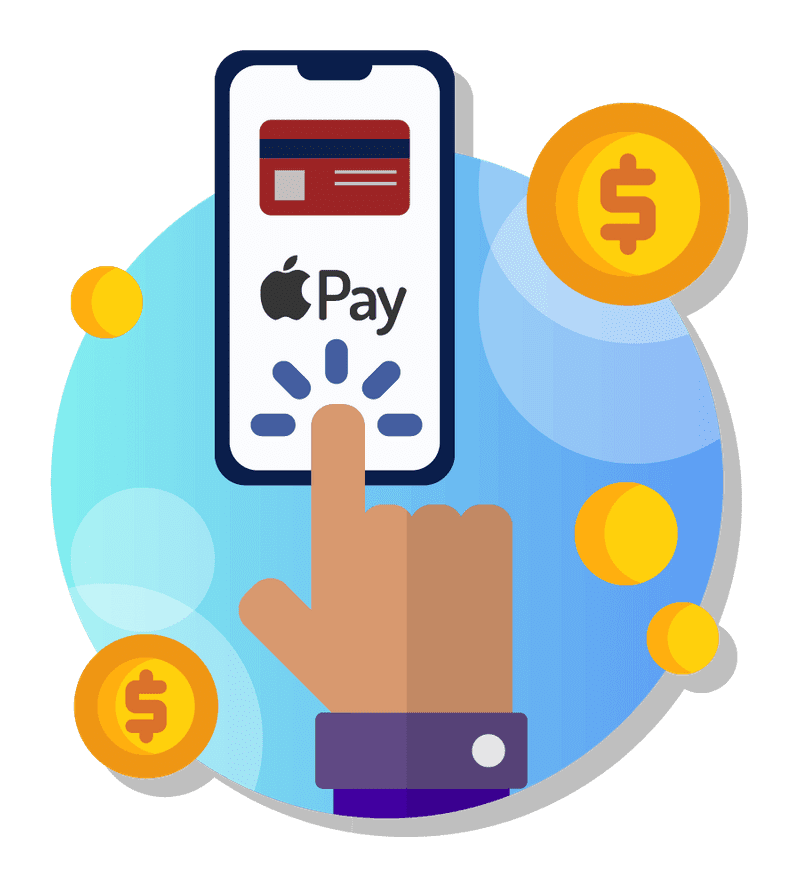5 Trends in E-commerce Website Design
READ WHOLE ARTICLE

This year has seen the rise of several new e-commerce design trends, as well as some familiar trends that will likely be around for a while. Whether you’re starting your own e-commerce website or you’re involved in professional e-commerce website design, you’ll want to stay up to date with what’s happening in the field. Here are five trends you should be following in the web design business.
1. Responsive website design

| Some design trends apply to all types of websites. One of these is responsive website design. Whether you’re creating a business website, a blog, or an e-commerce store, your website absolutely must be able to adjust to both desktop and mobile screens. If you’re working with an e-commerce web development company that doesn’t put responsive design at the top of their list of priorities, it may be time to reevaluate your options. Responsive design has become increasingly important every year as more and more consumers use mobile devices to browse the web. Long gone are the days of everyone sitting at home in front of a standard computer monitor: it’s estimated that more than a quarter of all e-commerce sales will be made through a mobile device by the end of 2018. |
A responsive e-commerce website should adjust to any user’s browsing device, taking factors such as platform, screen size, and screen orientation into account. The website should also be able to detect and respond to any changes without interrupting the user’s browsing experience.
An e-commerce developer should implement a responsive design into a website from day one. Every page must be designed with responsiveness in mind. It may require a lot of work, but it will be worth the effort.
2. Apple pay integration
Online transactions have been constantly changing since the first pizza was ordered from Pizza Hut’s website. E-commerce websites that don’t keep up with the latest payment trends naturally fall behind the competition. And while you may not have to accept cryptocurrency on your website just yet, you should definitely be accepting Apple Pay. Apple Pay was launched in 2014, followed shortly after by Android Pay. The idea is simple: customers save their purchase information on their phones and use it to make purchases online with a single click. Therefore, websites that offer payment via Apple Pay enable faster purchases, leading to more sales. |  |
This e-commerce website design trend is all about keeping up with your customers. Over 75 percent of people polled in one study said they want to be able to make purchases instantly using their phones. That number will undoubtedly increase as technology advances and mobile shopping becomes more prominent. These days, you should integrate Apple Pay into your site or risk losing a significant amount of business.
3. Quality content
 | It’s alarming how many e-commerce websites ignore the importance of combining high-quality content with an existing marketing strategy. Many new merchants believe content isn’t important for e-commerce, but they’re wrong. Nearly all websites, including e-commerce sites, stand to benefit significantly from high-quality content. At its core, content helps increase your e-commerce website’s visibility because it’s the primary tool in any search engine optimization (SEO) strategy. Without SEO, your website won’t rank very highly in search engines like Google, Bing, and Yahoo. This means your site will only pull in a small amount of traffic, and by extension, only earn a fraction of its potential profit. |
Including quality content in your marketing strategy can help draw hundreds of thousands of new visitors to your site every month. But the keyword here is “quality”. In the past, websites could rely on quantity to get results, but those days are over. Not only will flooding the internet with subpar content not boost your visibility, it can actually hurt your Google ranking.
Google now places more emphasis on quality and user experience than ever before, so keep this trend in mind when publishing new content to your e-commerce website. Even a small informative blog can go a long way towards improving your visibility online.
4. Video orientation
Videos have long been an important tool in the e-commerce toolbox, but the way users interact with them is rapidly changing. As more people switch to mobile devices for their shopping needs, device orientation is becoming an increasingly important factor to consider for your videos. Most mobile devices use an accelerometer to orient images and videos based on screen position, so your videos must be able to adjust to these changes automatically. Orientation affects the appearance of a video, as well as displayed features, controls, and information. A video in landscape mode can display more controls and features than a video in portrait mode. |  |
Don’t make the mistake of publishing videos without ensuring you have a framework in place for handling orientation. If you’re unsure how to prepare videos that can run in multiple orientations, be sure to discuss your options with your e-commerce web developer.
5. Remarketing
 | What happens to leads after they’ve interacted with your brand and left? Should your company forget about them and focus only on generating new leads? Absolutely not! Remarketing, also known as retargeting, is a powerful marketing tool and e-commerce website design concept that focuses on generating leads from people who have previously interacted with your brand. Remarketing is a broad concept that can take some time to fully master. In most cases, companies begin by focusing their efforts on people who have visited their website without becoming a lead. There are various e-commerce development tools you can use for retargeting. These tools can identify unique visits to your site and track them via browser cookies, user IDs, or mobile advertiser IDs. |
The standard remarketing process involves four steps. First, a user visits your e-commerce website and browses. Second, they leave before converting to a paying customer. Third, your company displays ads to that person on other websites that they visit. Finally, that customer returns to your website and makes a purchase.
Users can also supply you with information that you can use to reach them in the future. For example, they may sign up on your site with an email address or phone number. Reaching out to them later via email or SMS marketing would be considered a remarketing tactic.
The importance of mastering remarketing cannot be overstated. Statistics have shown that this strategy is three times as effective as generating new leads. More than 95 percent of site visitors will leave a website before making a purchase, and the average online consumer will visit a website nine times before finally buying something. Therefore, you absolutely must take advantage of this trend if you want your e-commerce website to succeed.
What Should a Client Know About Design?
Always keep the customer in mind
Notice that most of the design trends mentioned here focus on the customer. You want to attract your customers with quality content, a responsive website, and their preferred payment method, and you should continue to reach out to them even after they leave your site. As long as you work with a professional website development company and put your customers’ needs first, your online store will be far more likely to grow into a successful business!

36 Kings Road
CM1 4HP Chelmsford
England


